Pre- and post-workout nutrition is essential for athletes, whether you’re a vegan or not! You need to time your carbohydrate and protein intake correctly to aid recovery and improve your overall results.


Pre- and post-workout nutrition is essential for athletes, whether you’re a vegan or not! You need to time your carbohydrate and protein intake correctly to aid recovery and improve your overall results.

When it comes to regular exercise, most will agree that running is one of the best options. It costs nothing, gives a moderate full body workout, and can be easily adjusted to people on all levels of fitness. If you choose to run several miles every second day, or take a leisurely jog around the block, there is no right or wrong way to do it. In other words; running is for everyone.
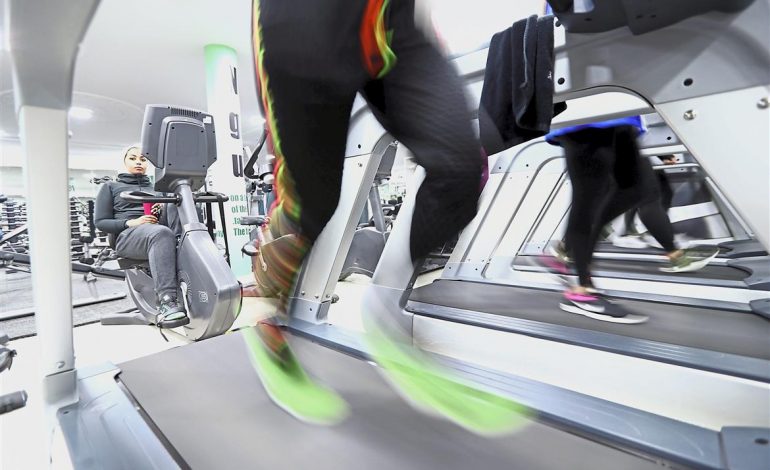
Getting in shape is a challenging goal. It can be made more challenging by having the wrong ideas about how to exercise properly. With so many sites, so many different self-proclaimed gurus giving advice, and an endless sea of sketchy information, misconceptions are sure to become mainstream.

Snacking is a tricky thing, and if you pick the wrong foods you can easily pick up weight when you are trying to lose it.
But working out can make you hungry, and you do need to eat, so these low fat snacks are the perfect option:
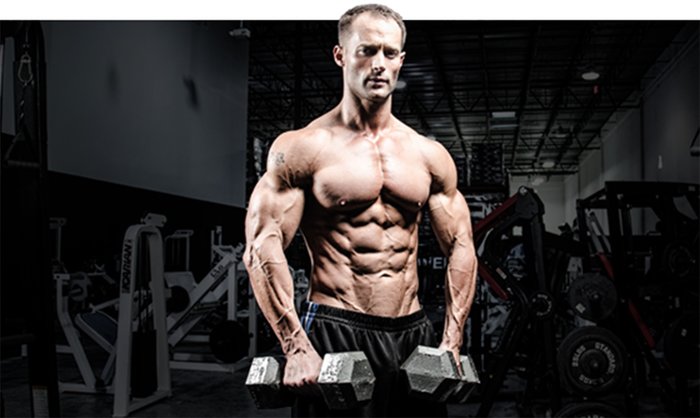
The link between sports and overall health and fitness has been proven countless times, and for those that have never been able to integrate fully into the clinical atmosphere of their local gym, the next best choice is a sport.

As an increasing number of people cut meat, chicken and fish out of their diets and go vegetarian the focus on what to eat when exercising and keeping fit has become more intense.
Many people are under the impression that athletes cannot be vegetarian, but this couldn’t be further from the truth.
Continue reading “Nutrition Tips and Meal Ideas for Vegetarian Athletes” →
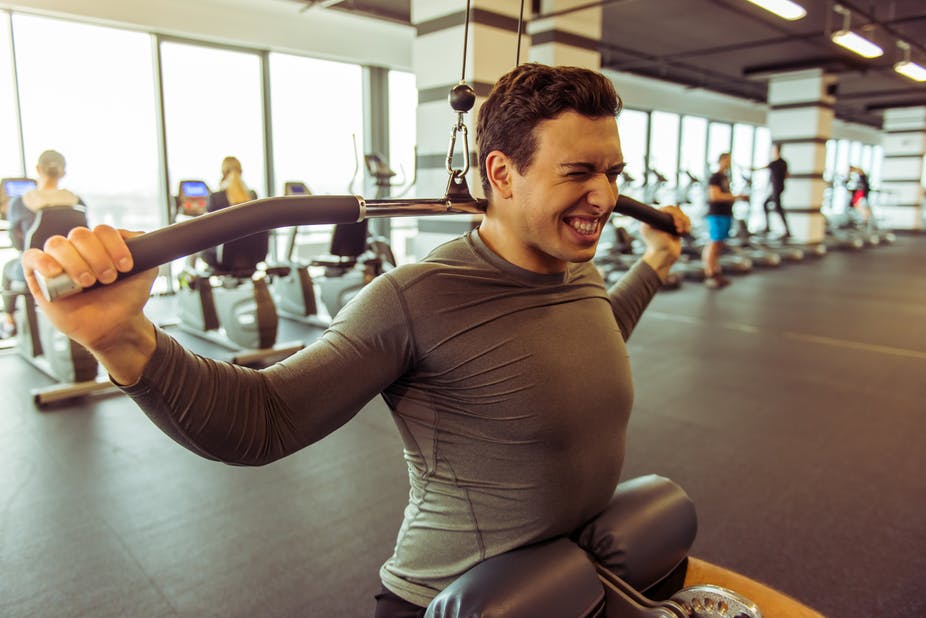
Making the resolution to get fit is one thing, but sticking to it is something else entirely. Staying on the fitness wagon can be tricky, especially if you are new to exercising and don’t as yet have disciplined, healthy habits to see you through.
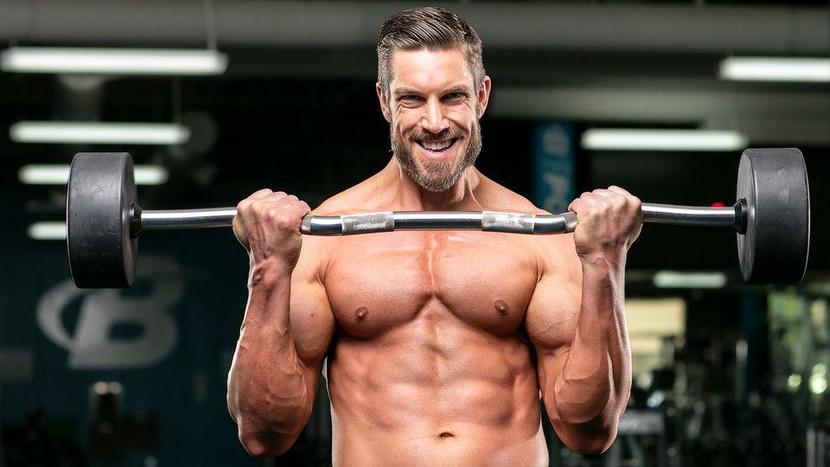
You may not realise this, but your body is a machine which constantly reinvents itself. Throughout the day, your body breaks down its own tissue and replaces it with new tissue created from the foods we eat and the recycled material foraged from other tissues.
Every person’s body does this, but the process takes place much faster in the bodies of people who work out. As such, if you’re looking to bulk up, nutrition has to become an essential part of your routine.
A recent study found that muscle mass increased 0.2% per day during the first 20 days of a strength-training program, besides the high rate of muscle-protein breakdown already occurring. This easily explains why someone who’s just starting out on muscle building requires more protein that someone already deep into a strength training regime.
As such, a good amount to aim for when starting out is 0.73 grams of protein per 450g of body weight per day.
The process by which the body takes protein from food and turns it into muscle tissue is known as protein synthesis. As nutritional advisor Mike Roussell, Ph.D. explains it, protein synthesis is like a light switch – it’s either on or off.
By ingesting 20-25 grams of high-quality protein, the process of protein synthetisation is turned on. It has been proven that those who eat at least 20 grams of protein 6 times a day – best ingested while playing pokies online – will lose body fat and increase lean mass, but if 6 meals seems excessive try 3 protein-rich meals per day instead.
A recent study found that those who took protein supplements gained almost a full kilogram of muscle over 12 weeks compared to those who did not.
With this in mind, studies have also shown that your muscles are most receptive to protein every 4-6 hours and you should ideally eat a protein-rich meal 2-3 hours before training and another within 1-2 hours of finishing your workout.
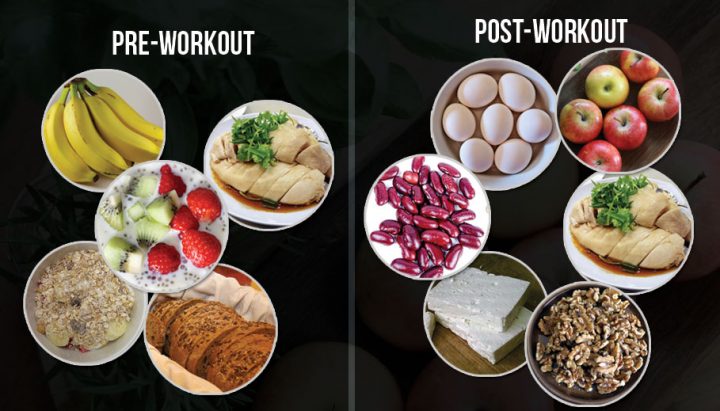
Your body needs amino acids in order to build muscle as they are the building blocks of protein and certain foods contain different combinations of amino acids. Of all the amino acids, leucine is by far the most important when it comes to building muscle and it takes approximately 2-3 grams of leucine to get the maximum effect from a meal.
The good news is that any average-sized portion of protein contains at least 2 grams of leucine.
Most us who work desk jobs don’t need to ingest pre-workout carbohydrates as you have plenty in reserve and your regularly scheduled meals should be enough energy for a solid workout.
However, there is evidence that combining protein with carbs in a post-workout meal will result in higher protein synthesis and you should ingest a good amount of healthy fats in the form of olive oil and nuts.

Juicing is the food trend that simply doesn’t go away. It started as a fad, but it has now stood the test of time, much like the online pokies NZ has to offer!
The problem is, juicing isn’t always good for you, nor is it necessarily the healthier option. Lets take a look at the facts about blitzing fruit and veggies!
When you juice fruit or veggies you’ll still end up with vitamins and minerals you’ll find in fresh produce, but you’ll be missing one of the major components. Dietary fibre.
These are the bits of plant that you cannot digest, but that doesn’t mean they don’t benefit you – fibre moves through your gastrointestinal tract and regulates digestion, and it keeps you fuller for longer, thus keeping those feelings of hunger at bay.
When you juice, this dietary fibre is left behind in the pulp, as you only get the liquid. This means that your juice technically won’t leave you feeling full. And if it does, the effect is short term, rather than long.
Now you know you’ve lost the dietary fibre benefit of the fruit and veggies when you’ve juiced them, lets take a look at what you do get. And that’s sugar. A whole lot of sugar! When you juice you are only left with the liquid and not with the dietary fibre or any of the pulp, and the juice from fruit specially is very high in sugar.
Although some may argue that this is natural sugar you’re body doesn’t really differentiate between that from an apple and that from sweets or chocolate. This means that while you may think you are drinking a very healthy drink, you are technically chugging down the equivalent of a can of Coke.
As juicing seems to be the healthier option you may end up ingesting far more sugar than you ever intended to, so in order to combat this, the best option is to go for green veggie juices only. These have the least amount of sugar and are the healthiest option by far.

Well, they might initially, but it not a sustainable loss and the results will simply be short term rather than long. Juice cleanses have become very popular, but many dieticians and nutritionists argue that they actually have a negative effect, rather than a positive one.
Ironically enough it is the fibre; the very thing you extract from the fruit or veggies when juicing; that can help lead to long term weight loss, and as you are eradicating this, it’s easy to see why a cleanse may be a quick drop a few kilos fix, but not one that’s sustainable.
Juicing may not be as good for you as you thought, but if you enjoy a juice or two as part of a controlled and balanced diet there is absolutely nothing wrong with it. Just remember to add in other fibre rich foods to compensate for what you strip out.
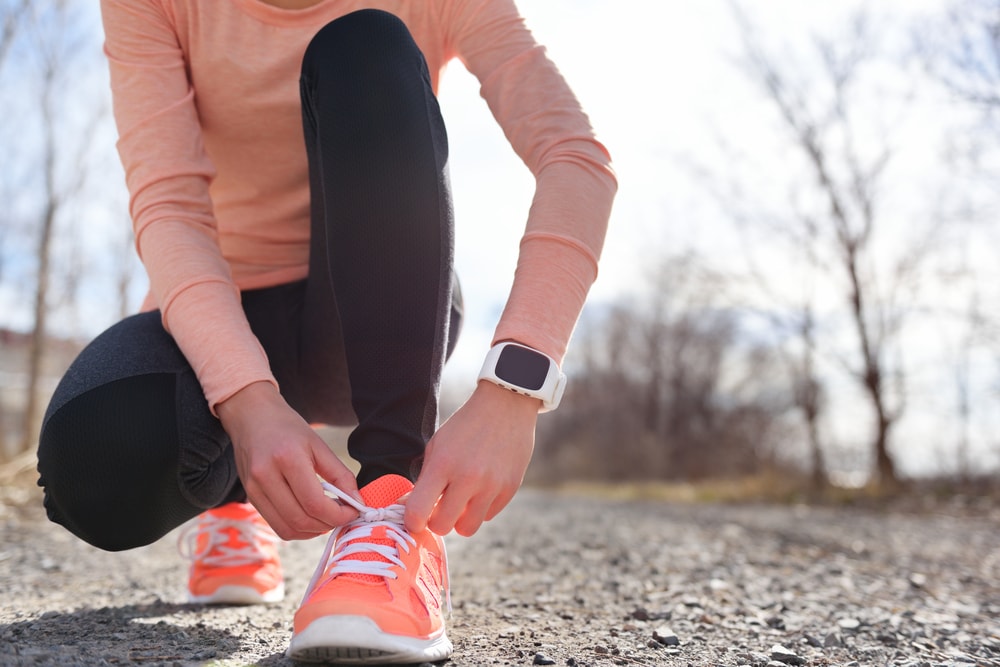
It’s universally acknowledged that technology has played a huge part in making us lazier. It is however also becoming increasingly obvious that the same tech that has played a role in allowing for us to enjoy increasingly sedentary lifestyles is now working towards getting us more active.
There is now a huge range of what can only be termed as get-off-your-butt gadgets and wearable tech that syncs with your smartphone or allows you to link to the internet and assess and monitor your results is becoming a huge hit for those who need that little extra incentive to get off the couch.
It’s estimated that by 2018 sales of wearable tech that are related to fitness will have reached a whopping $30 billion and that a new generation of fit tech fans will have been established.
A host of next gen pedometers such as Jawbone, Nike FuelBand and Fitbit all track activity and encourage the wearer to increase their activity levels and spend more time moving. Some of these pedometers even remind you when you’ve been sitting down for what it views as too long, and others will prompt you to take extra steps or work out longer in an effort to beat your personal best.
These devices feature motion senses that feed information back to your mobile via Bluetooth and in addition to counting the steps you take can also count calories burned, your heart rate and the amount of sleep you’ve had and usually syn with an app. Most technology these days work with apps and you’ll find everything from diaries, reminders, to betting apps and and even ones that remind you to drink water, available on iOS and Android.
Technology has come along in leaps and bounds in recent years and wearable fitness gadgets seem to play on people’s competitive spirit or innate need to beat their best. You’ll want to add value to your exercise regime and a pedometer or activity tracker allows you do just this.
Casino bonuses boost your bankroll and give you a better chance of winning big and a pedometer spurs on your competitive nature and encourages you to strive for improved results and to meet fitness goals.
In addition to wearable tech serving as your own personal trainer there’s also what’s been dubbed as the “social sweatwork”. This term refers to the sites and apps that share your data with others and display your results for all to see.
With the results of your run or workout being posted on social network sites such as Facebook there’s even more incentive to push yourself and this form of sweatworking seems to elicit positive responses as it connects like-minded people who all have similar goals in mind.
Wearable tech has also been designed to be aesthetically pleasing and many of the devices are so attractive that the wearer keeps them on even when not monitoring their stats. Many wearable tech items that relate to fitness have become status symbols and created a subculture that’s focused on getting fit and staying healthy.
Technology has also improved the way many people eat and can be used to form healthy habits as dietary needs can be tracked and suggested foods recommended. By being able to track what you eat you can make use of tech to keep you healthy as well as encourage you to stay active and get some exercise.